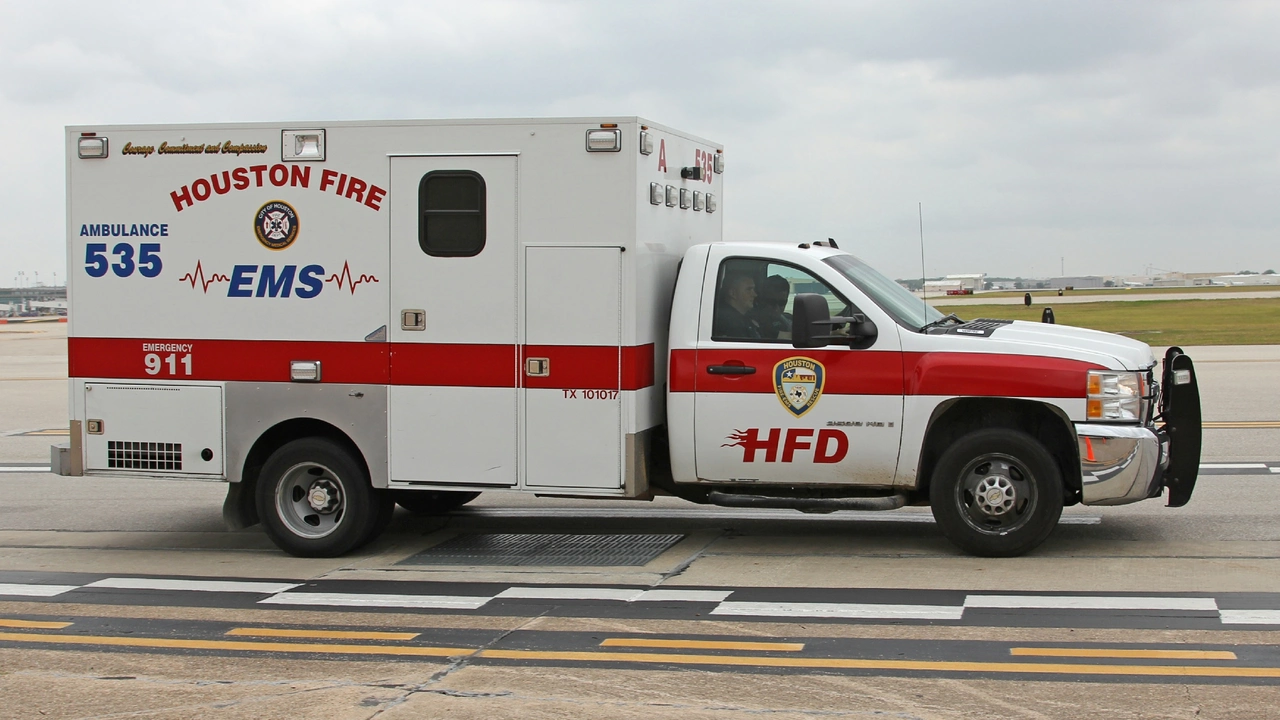Understanding the Ambulance Service
As an integral part of emergency medical services, ambulances are always at the ready to respond to emergencies, whisking patients off to hospitals for immediate care. It's important to remember, however, that an ambulance is not just a vehicle - it's a mobile medical treatment facility. The primary goal of ambulance services is to provide urgent treatment en route to a hospital, and to safely transport patients who need immediate medical attention. As such, the environment inside an ambulance is usually highly controlled and designed to cater to the needs of the patient.
Often, a question that comes up when discussing ambulance services is whether or not a family member can accompany the patient in the ambulance. While there's no definitive answer, it is generally dependent on a variety of factors. In the following sections, we'll delve deeper into this topic, exploring the considerations at play when deciding if a family member can ride in the back of an ambulance.
Guidelines and Regulations
The rules about who can accompany a patient in an ambulance vary from one region to another, and even between different ambulance service providers. Some services have firm policies that only allow trained medical personnel in the back of the ambulance for safety reasons. Others may allow a family member to accompany the patient, but only under certain circumstances.
For instance, in some situations, the presence of a family member can be calming for the patient, particularly if they are a child, elderly, or have special needs. However, there are also circumstances where having a family member present could potentially interfere with the medical treatment being provided. As such, it's always best to ask the paramedics or ambulance service provider about their specific policies.
Consideration of Patient's Condition
The patient's medical condition is a critical factor that can determine whether a family member is allowed in the back of the ambulance. In life-threatening situations, or in cases where the patient requires immediate and intensive medical intervention, having extra people in the ambulance could potentially interfere with the medical team's ability to work efficiently. In such cases, family members are usually not allowed in the ambulance.
On the other hand, if the patient is stable and the presence of a family member does not interfere with the patient's care, a family member may be allowed to accompany the patient. However, this is ultimately at the discretion of the medical professionals present.
Space and Safety Constraints
Another important consideration when deciding whether a family member can ride in the back of an ambulance is the issue of space and safety. Ambulances are designed to accommodate medical equipment and personnel, and as such, they often have limited space. Having additional people in the ambulance can create a cramped environment, potentially hindering the medical team's ability to provide care.
Furthermore, safety is a paramount concern. In an emergency situation, ambulances often have to navigate traffic at high speeds, and sudden movements can pose a risk to unsecured passengers. Family members are usually not equipped with safety gear like the medical personnel, which further increases their risk.
The Emotional Factor
Despite the potential complications, there are instances where the emotional support provided by a family member can be beneficial to the patient's wellbeing. For patients who are conscious, scared, and anxious, having a familiar face nearby can be a source of comfort and reassurance. This can be particularly true in the case of children, elderly patients, or those with mental health conditions.
However, it's also worth noting that high-stress situations can sometimes bring out strong emotional reactions in family members, which could potentially escalate the situation or distract the medical team. Therefore, the emotional state of the family member is also a factor to consider when deciding whether they should be allowed in the ambulance.
In conclusion, while there isn't a universal rule about whether a family member can ride in the back of an ambulance, the decision is usually made based on a combination of factors including local regulations, the patient's condition, space and safety considerations, and the potential emotional impact on both the patient and the family member.
